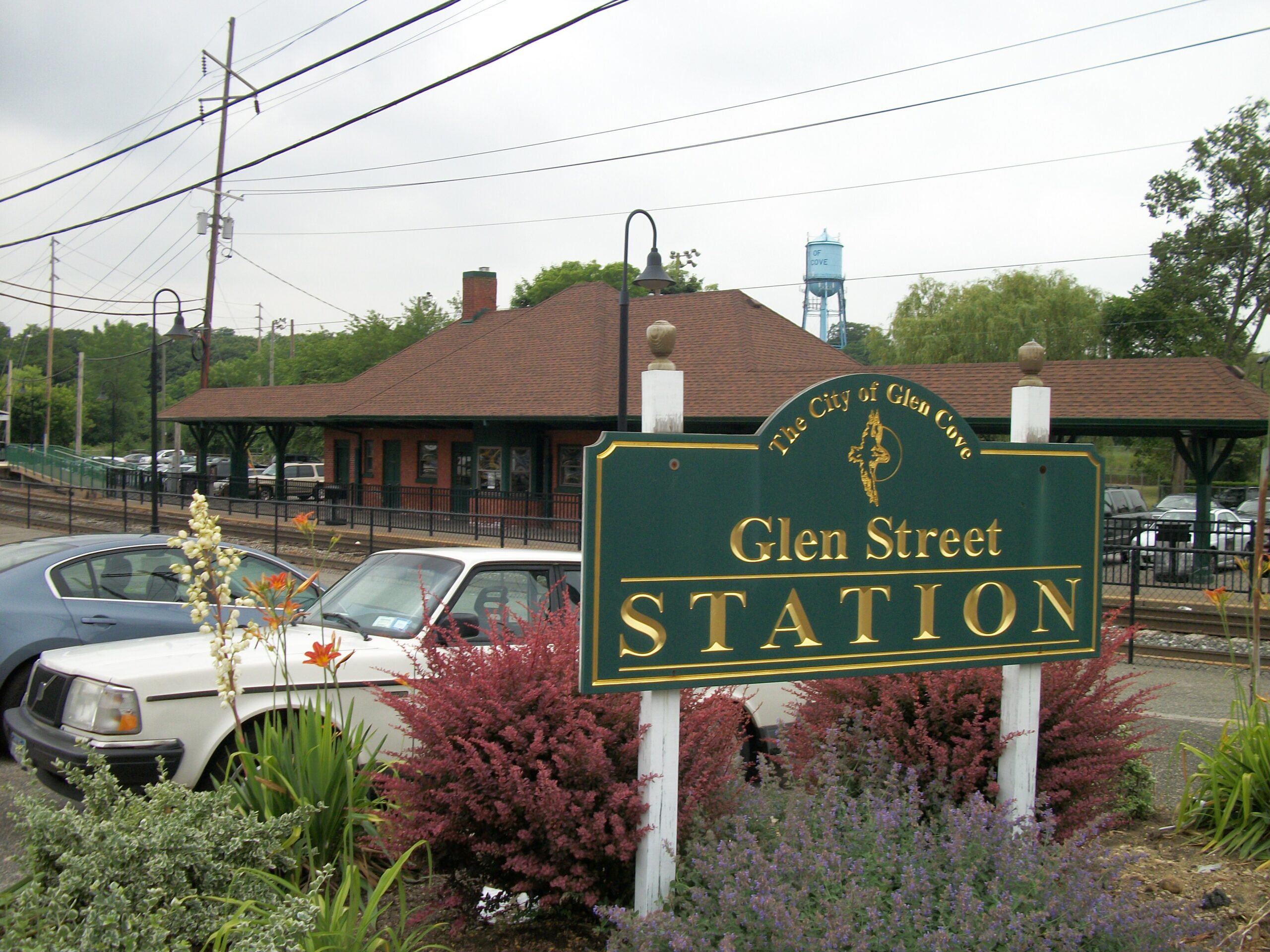Glen Cove, New York has a long history that stretches back to the early days of the American revolution. As one of Long Island’s oldest communities, Glen Cove is steeped in rich history and culture. This article explores some important events in Glen Cove’s past and how they shaped its development into today’s community.
Early Native American inhabitants
The first inhabitants of Glen Cove were the Matinecock Indians, a peaceful people who provided sustenance for themselves through fishing and hunting. The Native Americans discovered Glen Cove by accident while trying to escape from another tribe.
The Matinecock Indians are the first tribe to be known as Glen Cove’s inhabitants. They were a peaceful tribe, living on Long Island’s North Shore and fishing in the nearby waters. These Native Americans were decimated by disease, however, and soon lost their land to white settlers. Local historians believe that this is how the name “Glen Cove” came about: it is likely that the name was given by early settlers who enjoyed their peaceful life among nature while they lived near this cove (which means “cove” in Old English). This tradition continues today with a yearly summer festival celebrating all things related to coves!
Early Dutch settlers
The Dutch were the first Europeans to settle in Glen Cove. They arrived in 1640 and settled on the eastern end of Long Island. The Dutch were known for their farming and fishing skills, two occupations that were well-suited to life on Long Island. In fact, it was said that one of the first things they accomplished upon arriving here was planting grapes on a farm near what is now Glen Cove Creek.
The local Native Americans originally called this area “Kleine Vlachte,” which means “little valley.” Later, when English settlers began making their way into America’s new territories after 1664 (when New Amsterdam became New York City), they renamed it “Glen Coe” after a small town in Scotland where many Scots had settled during Ireland’s plantation era due to religious persecution from King James I (who also despised Catholics).
The first school
The first school in Glen Cove was established in 1895. The Glen Cove School District was a one-room schoolhouse located at the corner of Glen Street and Whitehall Road. It taught grades 1 through 8 to children from local families, including the descendants of Captain William Kidd. The building is still standing today but has been converted into private residences.
This school was replaced by a larger structure that opened in 1922 on East Shore Road (now called Glen Street). This building continued to serve as a K-8 facility until it closed in 1952 when all public schools were transferred to Nassau County control.
Democracy in action
In the early days of Glen Cove, the town was run by a board of trustees. This board was made up of elected officials who were responsible for the town’s finances and infrastructure. The system worked well until the early 20th century when it was replaced by an elected mayor and city council.
Glen Cove has had six mayors since then (as far as I can tell).
19th-century prosperity
The 19th century was a time of great prosperity for Glen Cove. The town’s population grew from just over 1,000 people in 1850 to almost 5,000 by 1900—not bad considering it was only incorporated in 1891. The early 20th century brought on a period of decline that lasted until the 1950s when Glen Cove began its resurgence as an upscale suburb with tree-lined streets and beautiful homes overlooking Long Island Sound.

